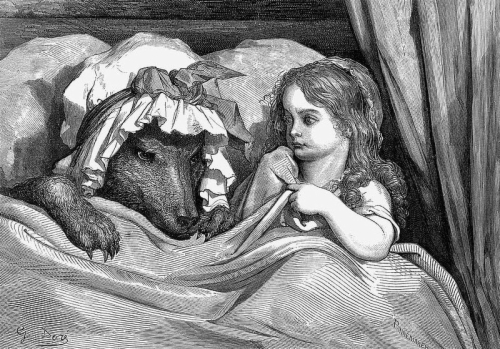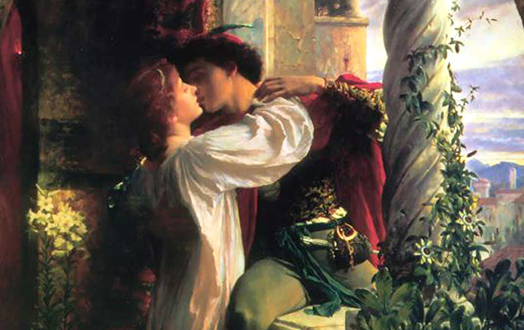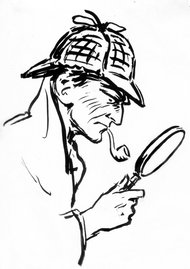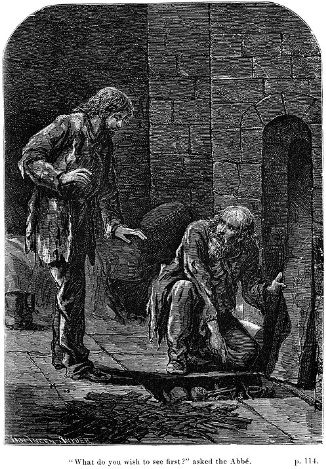Welcome Back!
Today we will continue reviewing the items covered in my post entitled “Making a list and Checking it Twice”. The third fundamental element of story writing we will cover is Themes. Honestly, I am guilty of occasionally losing my theme in my subject matter. The mistake I often make is concentrating so much on the subject, to a point where I lose sight of my theme. So I am happy to have come out of this lesson with valuable insight that I did not have before.
To begin, a theme is defined as an underlying message, belief or lesson that is found within a storyline. This idea is usually universal in nature and is conveyed, directly or indirectly, by the author. It is meant to touch the audience on some basic level, in order to help them relate to the story. We are initiated to this concept at an early age through fables and fairy tales, as I am sure everyone remembers hearing stories that ended with “and the moral of this story is…”
Through themes, a writer links together various elements of a narrative in order to give readers a better understanding of the underlying message. Themes may be expressed in several different ways within a story, such as through the feelings of the main character, or presented through a recurring object which seems to be a meaningful symbol. Additionally, the main character’s discoveries, experiences and conflicts should all hint at the theme, as they are often used as the “moral compass” guiding the reader through the story.
It is possible for a piece of writing to have more than one theme, though if this is the case, one theme should be dominant over the others and be repeated throughout the story. This is what is known as a Major Theme. A Minor Theme, refers to an idea that appears in a story briefly and quickly redirects back to the Major Theme. However, if no themes are present, then all the reader can see is the surface. In order to be meaningful, a story needs depth, and depth in writing is the meaning found behind the words. Without a theme, a story will feel empty and pointless.
Deciphering the theme is critical to understanding the message behind a particular piece of writing, but it is possible different people perceive elements differently. So the reader may see a totally different theme than the one the author worked on incorporating. In order to find the theme, attempt to sum up the story in a single word. Here are a few easy examples I found:
The Three Little Pigs:
A single word that symbolizes this story could be strength. Going into further details, the message we see is the importance of forward planning. We learn this by the comparison between the brick house and the straw house, since the story emphasizes the various building materials.
Little Red Riding Hood:
 A single word for this story could be deception. This message is seen when the Wolf attempts to deceive the little girl in order to get the contents of the basket. Going into the details further, we could see this message as those who deceive do not win.
A single word for this story could be deception. This message is seen when the Wolf attempts to deceive the little girl in order to get the contents of the basket. Going into the details further, we could see this message as those who deceive do not win.
Romeo and Juliet:
 Arguably one of the most popular love stories of all time is the tale of Romeo and Juliet. Love and friendship are frequently occurring themes in literature. This story focuses on love in a way that it withstands all obstacles, from disapproving families to even death.
Arguably one of the most popular love stories of all time is the tale of Romeo and Juliet. Love and friendship are frequently occurring themes in literature. This story focuses on love in a way that it withstands all obstacles, from disapproving families to even death.
Sherlock Holmes:
 Detective novels are well known for using crime and mystery as themes. Sherlock Holmes is very popular in detective stories, solving complex puzzles and finding culprits. Going further into these stories, we can find themes such as “crime does not pay” or “crime will not escape justice”.
Detective novels are well known for using crime and mystery as themes. Sherlock Holmes is very popular in detective stories, solving complex puzzles and finding culprits. Going further into these stories, we can find themes such as “crime does not pay” or “crime will not escape justice”.
The Count of Monte Cristo:
 A characters need for revenge is another theme found in many popular literary works. We see revenge as a theme in the Count of Monte Cristo, where he seeks retribution for the wrongs committed against him. Regarding stories with revenge as a theme, we can explore further by asking ourselves what is it about and if it was justified.
A characters need for revenge is another theme found in many popular literary works. We see revenge as a theme in the Count of Monte Cristo, where he seeks retribution for the wrongs committed against him. Regarding stories with revenge as a theme, we can explore further by asking ourselves what is it about and if it was justified.
The theme of a book is much like the message behind an abstract painting; it is not something obvious, but rather something that is comprehended upon reflection. This lesson has taught me the importance of having a theme, and that it needs a considerable amount of planning to incorporate it into the story. It is something i am happy to have looked into and that I will need to practice further.
I hope you all enjoyed this post. Until next time.
Cheers!
Patrick Osborne
(edited on 01/12/2015)
No comments:
Post a Comment